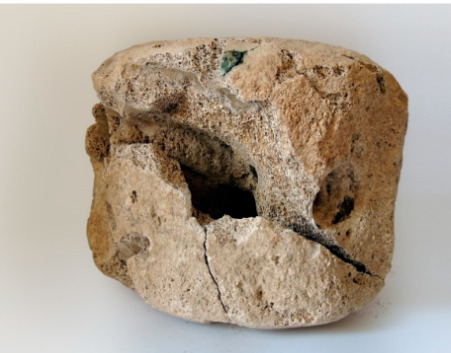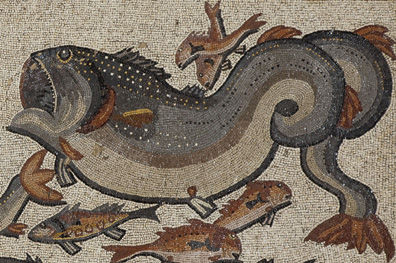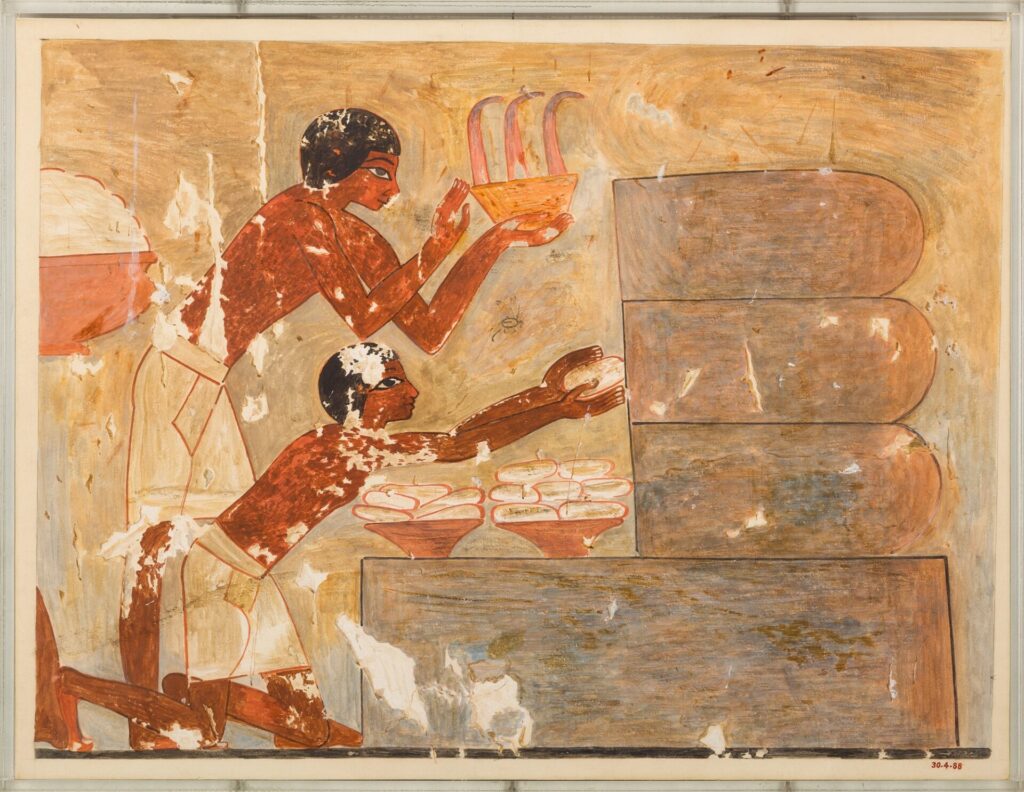Phoenician whale finds.
The island of San Pantaleo sits a kilometre or so off the western tip of Sicily. Protected by a small chain of islands to the west it rests in a natural lagoon and in antiquity it was home to a Phoenician trading settlement called Motya.
For the Phoenicians, a people who excelled at maritime trade and who branched out from the Levant and across the Mediterranean, it was a near perfect location. These were a people who sifted the coastlines for suitable spots to set up trading colonies. From Cyprus to southern Spain the Phoenicians established a network of trading hubs. Sicily anchored a number of networks including those of nearby Sardinia (where they had engaged with the Nuragic people there). In the 8th century BC they finally committed to a trading post on the island, Motya.
This was the first solid footing the Phoenicians had made on Sicily, though as with other cultures they had known and possibly traded with the peoples there for some time. In later years Motya was to fix the Phoenician presence on the island, initially as a trading post. Then later as a pawn for the rising power of Carthage. It ended in the early 4th century BC when it was sacked by Greeks who had also settled on the island. Long before Rome fought Carthage the Greeks were engaged in a struggle with them on the island.
When Motya was excavated there were many things found, as you might expect. Yet one set of animal remains, discovered during excavations in the 1970s stood out as very eye catching. Much can be gleaned from finding animal bones and such, what the diet was through to how it was prepared. In an area associated with kilns and crafting four whale vertebrae were uncovered. These belonged to a Sperm whale and what made this discovery even more astonishing was that one vertebrae featured an incision which belonged to a bronze spearpoint. It now displayed at the Whitaker Museum on the island.
It’s plausible to imagine a Sperm whale washed ashore and put out of its misery, but another alternative, a very speculative one at that, is that this animal was hunted.

The whale and ancient Greece.
It’s thought that the vertebrae may have been used in the production or crafting process and whale bones have been found elsewhere in this context. At Athens a whale scapula (shoulder blade) was found and dated to 850 BC. It was identified as belonging to an immature Finn whale and the marks on it suggested that it had been used as a cutting board of some type. In this instance we have a bit more evidence to answer how the Athenians obtained such an item. Examination of the edges had been worn down by natural friction. In short this was most likely from a beached whale whose skeleton (including the scapula) had been worn by the tide and sand.
Whale bones and whales are largely absent from mainstream acknowledgement when you think of the ancient Mediterranean. However, they were a known quantity. A vertebrae of a whale was found at Crete. Before that, and dating to the neolithic period, small whale remained were found on an islet called Saliagos which is found in the Cyclades.
The ancient Greeks were probably referring to whales when they told stories of massive sea monsters such as those which Herodotus hinted at in his account of the loss of Darius’ fleet in 492 BC. Here he commented on the storms which recked the Persian fleet and of the waters around Athos which ‘abound in wild beasts’ (6.44). Indeed the area around Athos, as Papadopoulos and Ruscillo noted, had a reputation for monsters of the sea[1].
Aristotle, writing in the 4th century BC, made some interesting observations on whales. He observed baleen, noted that whales fed their young with milk and that the whale used a blowhole (as did dolphins). These observations of the whale aren’t that surprising given that the Greeks and other peoples of the Mediterranean had an abundance of opportunity to observe the whale and also to exchange information about it. We might not connect the whale with the ecosystem of the Mediterranean but this was an animal which was more in abundance in the ancient Mediterranean.
Pliny and Rome.
It is of little surprise that Pliny the Elder concerned himself on the subject of whales. In his work Natural History he devoted a section to them and also instances of whale activity. So we hear of a whale which had been washed up near Cadiz and boasted 120 teeth which varied in size between 6 and 9 inches. In the same section he mentioned a mass beaching of animals off the southern coast of modern day France during the time of Tiberius.
The Gallic sea (most likely the Bay of Biscay) was home to the physeter, a large whale which would loom over ships and ‘belch forward a deluge’. Presumably this was a whale breaching, where it leaps into the air. Interestingly ‘physeter’ probably comes from the Greek word meaning ‘blower’. Then there was Marcus Aemilius Scaurus who bought the remains of a whale, said to have been the one which Andromeda had been exposed to. He imported it from Joppa and the bones apparently exceeded 40 feet in length. Perhaps this was the Roman equivalent of selling someone London Bridge.
More credible is his account of a live whale caught at Ostia during the reign of Claudius. Ostia was renovated under Claudius and a whale had been attracted to some hides which had fallen overboard there. Eventually it became trapped and found itself partially beached. The Praetorian guard, and some small ships, made swift work of it though it manage to sink at least one boat. It’s a sad instance but one which reminds us that whales were a feature of those sailing in antiquity and even those on dry land.
[1] Pg 208
Further reading.
Papadopoulos, J & Ruscillo, D. A Ketos In Early Athens: An Archaeology of Whales and Sea Monsters In the Greek World
Oliveri, F & Toti, MP. Animals from Motya: Depictions and Archaeological Evidence in the Phoenician Town in Sicily.



